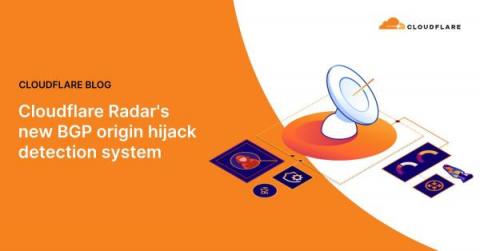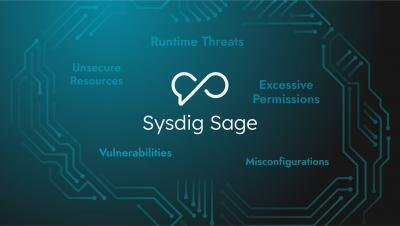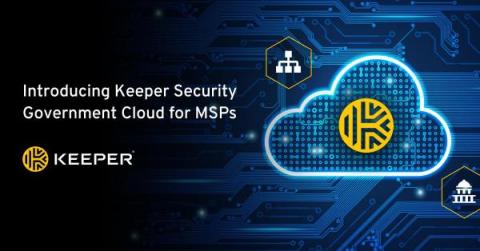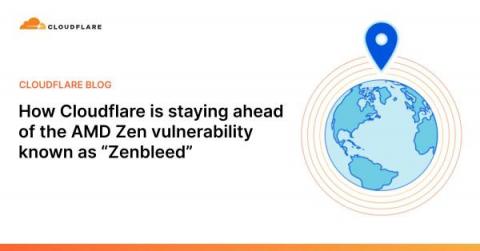Automating least privilege access in the cloud
In today's digital landscape, where data breaches and security threats are a constant concern, ensuring least privilege access is of utmost importance for companies operating in the cloud. Granting the principle of least privilege to employees helps minimize the risk of unauthorized access, accidental misuse, and insider threats. However, achieving and maintaining least privilege access can be challenging, often resulting in manual processes, delays, and potential security gaps.











